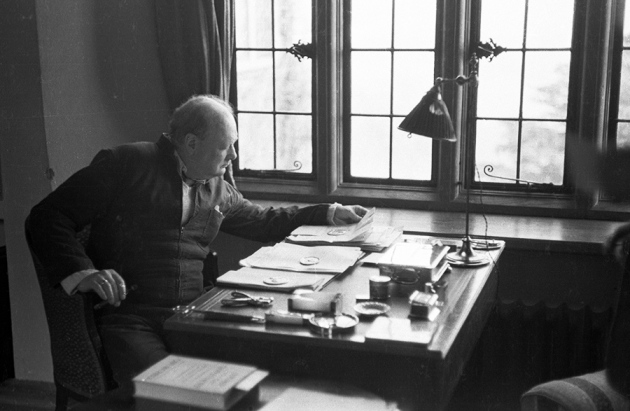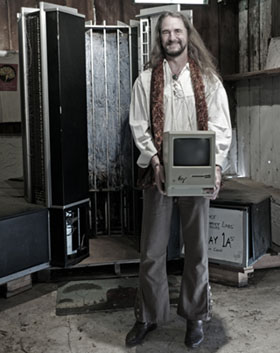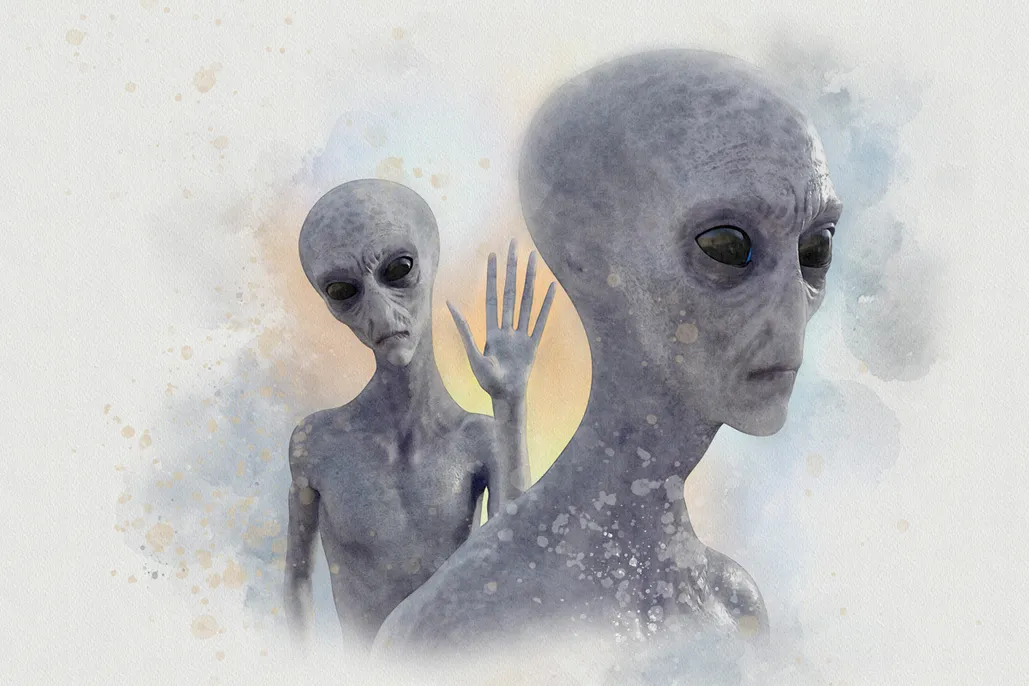Bruce Frederick Damer, Ph.D. (brought into the world on 31 January 1962) is a Canadian-American multidisciplinary researcher, creator, and creator. Dr. Bruce Damer works with associates, creating and testing another model for the starting point of life on Earth and in the plan of shuttle structures to give a reasonable way to extend human development to the Earth.
He started his profession during the 1980s building up probably the most punctual UIs for PCs, drove a network during the 1990s bringing the first multi-client virtual universes to the Internet, and since 2000 bolstered NASA and the space business on various reenactments and shuttle plans.

He has gone through 25 years chronicling the historical backdrop of registering in his DigiBarn Computer Museum and ministers files of counterculture figures, for example, Dr. Timothy Leary, Terence McKenna, and others. He at present fills in as Principal Scientist at DigitalSpace, Associate Researcher in the Department of Biomolecular Engineering at UC Santa Cruz, Associate of the NASA Astrobiology Center, Member of the International Society for the Study of the Origin of Life, and Founding Director of the Contact Consortium.
Additionally. he filled in as a Visiting Scholar at the University of Washington and as an individual from the Faculty at Charles University, Prague. He got his Ph.D. from University College, Dublin, MSEE from the University of Southern California, and BSc from the University of Victoria. Dr. Damer is a devotee of a logical way of thinking about liminality, involving a limit between objective, reductionist, and realist ways to deal with reality. However, it is open to motivation from elective conditions of awareness.
He has assembled a routine regarding deliberately looking for visionary encounters through reflective states that can be grounded in logical bits of knowledge or directing stories. He has refined this way of thinking since his youth when he involved himself in entering imaginal universes and communicating those universes through his work of art. Dr. Damer is, as of now, looking into a book dependent on meetings with different experts of what he terms the “endo way”, which means bits of knowledge sourced through endogenous techniques which, at that point, practically apply their bits of wisdom to certifiable applications.
You are a Canadian-American multidisciplinary scientist, designer, and author. Let us know who has been the real inspiration behind your great passion for astronomy.
I am passionate about studying how life might have originated on Earth four billion years ago. I started on this quest as a nerdy 14-year-old in Canada. Later, I got into computers, which helped me test models, and then met Prof. David Deamer at UC Santa Cruz, and we partnered to create a complete hypothesis for the Origin of Life. I am attaching a figure from our main paper explaining the model. Feel free to use it.
How much time (years) will it take for the technology of Earth to colonize other planets, if possible?
We will build large structures in space long before we colonize the moon or Mars. Those places are probably too hostile to place large settlements. Think of a cruise ship going to Antarctica; people can visit but would rather stay on the comfortable and well-provisioned ship.
In your opinion, where is scientific research lacking in solving the puzzle of extraterrestrial life?
We can only image distant exoplanets with faint signals for the Origin of Life and determine their atmospheric content or rough size. So, detecting life that way is difficult. Most life outside the Earth is probably microbial communities. Complex life is probably scarce, and life making mega-structures or traveling between the stars is even rarer still. So, solving the puzzle of whether life exists elsewhere faces significant challenges.
Is there a working definition of life? What are the environmental limits or “extremes” under which life can survive?
A couple of years ago, NASA worked with a group of our colleagues to come up with an exact definition of life and ended up with these words:
“This is probably pretty broad but safe. Life needs liquid water to get started and be sustained. Winston Churchill wrote about the conditions for life way back in the 1930s; this article is worth reading.“
With an interpretation of his fascinating insights here in Science:

What is Astrobiology? What life might look like on another planet?
Astrobiology studies extraterrestrial life or life in the Universe, other planets, and what might make them habitable. It is about a great deal more, but this is a core mission of the field. Life on other planets would start by being composed of simple cells, which form aggregates, and if they are lucky enough, they evolve into complex multicellular organisms.
What would you say about your TedX talk on “Coupled Phases Model for the Origin of Life”?
This talk introduced Dave and my hypothesis to the public in 2015. It was followed by a paper our colleagues have cited and hopefully read.

Would you like to share about DigiBarn Computer Museum?
It is a personal passion of mine to collect and document the evolution of computing. This passion led me to meet Dave Deamer in 2009, and I am glad to have this hobby.
The DigiBarn Computer Museum seeks to capture personal stories and track technological evolution through an extensive collection of vintage computer systems, manuals, videos, interviews, and other fossil relics of the “Cambrian explosion” of personal computing that ignited in 1975. When we get visitors who “burst into tears” upon seeing specific systems that may have defined their lives and careers, our cameras roll to capture the inevitable stories. Thus, the interconnected redwood rooms of the museum constitute a kind of “memory palace” for the nerd-inclined and help us piece together the incredible story of the invention of personal computing and Cyberspace.

http://www.damer.com
Let us know about the “Terrestrial Origins Hypothesis”?
We call it the Hot Spring Hypothesis for the Origin of Life. I am copying the cover article from Scientific American here to interest readers. Origin of Life researcher Professor Bruce Damer presents an exciting four-part essay on the Hot Spring Hypothesis for the Origin of Life and how this connects to the Extended Evolutionary Synthesis.

Would you like to share your effort in designing a concept spacecraft capable of harvesting resources from asteroids?
This is another passion I developed when I was 16 years old. I felt that life should have a pathway to move beyond its birthplace of Earth out into the Universe so that the Origin of Life (and we) can continue.
What would you say about the most highlighted question? “How did the origin of life occur, and how did it evolve?”
How can molecules self-assemble into a complex system capable of making copies of itself, passing on all its traits? That copying requires a really complex machine. I think we now can see that big complex machines can emerge through the interaction of simpler ones, which is a big clue.
What were the objectives behind the establishment of “psychedelia,” and how much it has been achieved so far?
That is a project of mine to archive the talks, papers, and visions of psychedelic explorers such as Timothy Leary and Terence McKenna. These and other people explore worlds that seem otherworldly but that come into their consciousness through the use of psychoactive substances, mainly plants. One could ask: where do these visions come from? Visions come to many people, not only through these plants, so that we can ask that question in general.
Would you like to share your experience in storytelling performances, such as at the Lightening in the Bottle Festival California, 2015?
Yes, it has been a lot of fun! I bring my stories of Science into poetry with DJ and VJ friends, illuminating them with visuals and lovely music tracks. It is an exciting way to reach the new generation and keep their attention away from their phones and social media. You can listen to the whole Fire in the Sky show here:
Moreover, for the 50th Levity Zone podcast, I offered “Fire in the Sky”, a four-part full-tilt poetic journey from the birth of the cosmos through the origin of life and human conscious awareness. This piece was later performed on stage with Android Jones and Val Santana at the 2016 Lightning in a Bottle festival. Here are some of its clips:
One can find it worth watching the Levity Zone Podcast of Dr. Bruce Demar:

Fatima Zahra is a student of Quaid-e-Azam University Islamabad doing her BS Biochemistry. she is interested in reading suspense stories, creative writing, and also fond of cooking.

